A humorous children's zoology book, loosely modelled
after the 18th century scientific works of Buffon,
one of the leading figures of the French Enlightenment
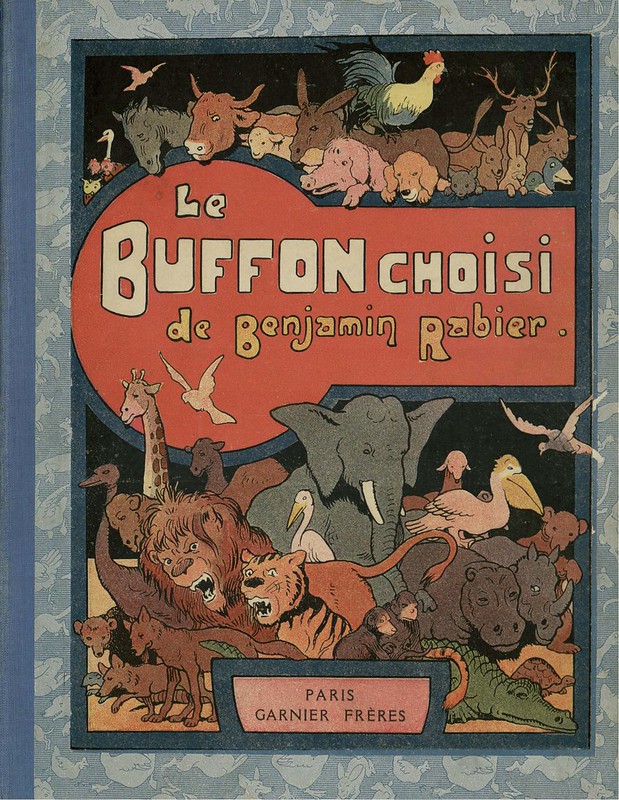
Le Buffon Choisi by Benjamin Rabier
~The Buffon Selection
book cover, 1924

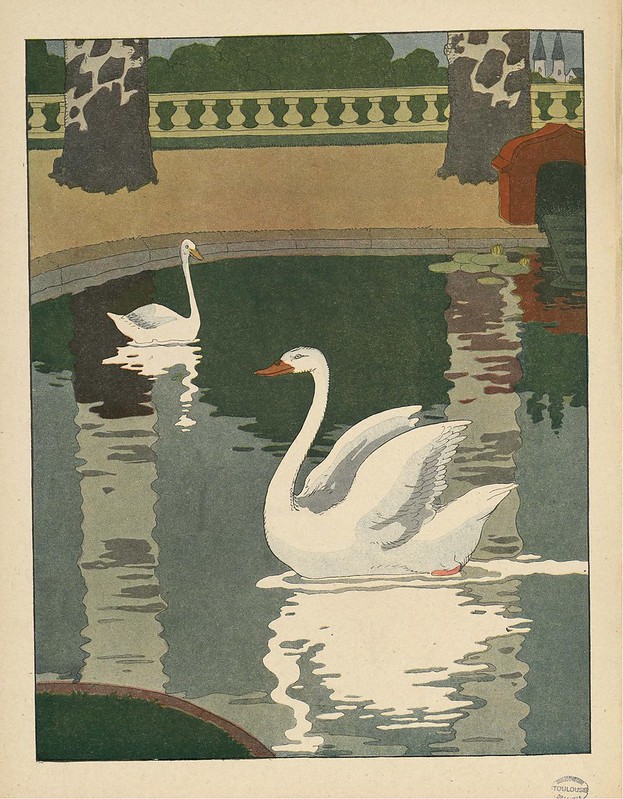
Le Cygne
(The Swan)


Pachyderms (L'Eléphant)


Le Coq
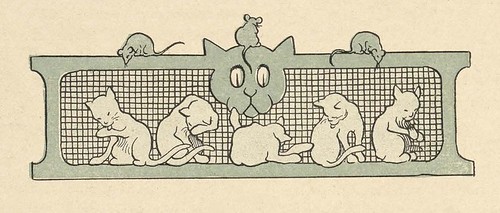
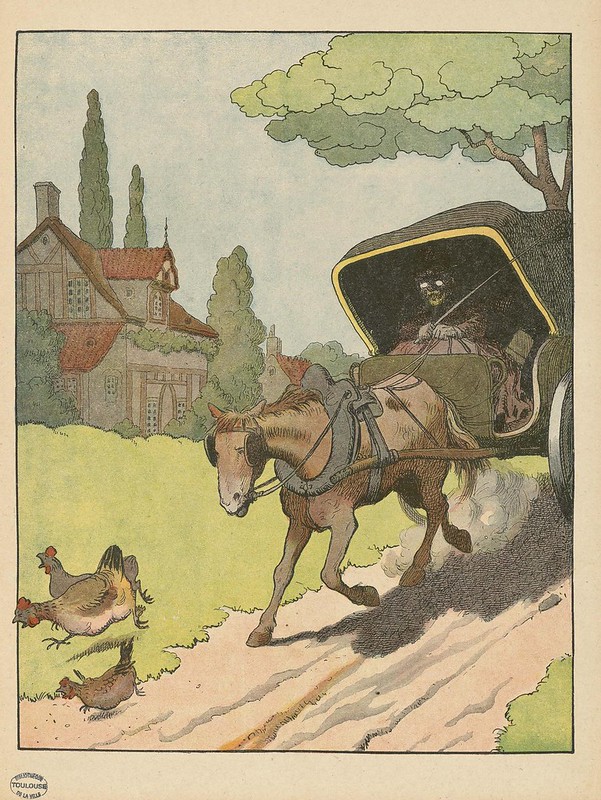
Le Cheval
(the horse)


Le Pélican
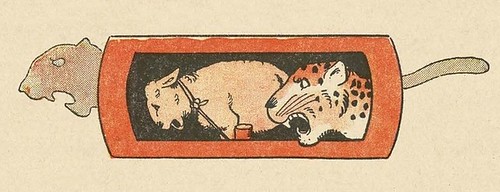
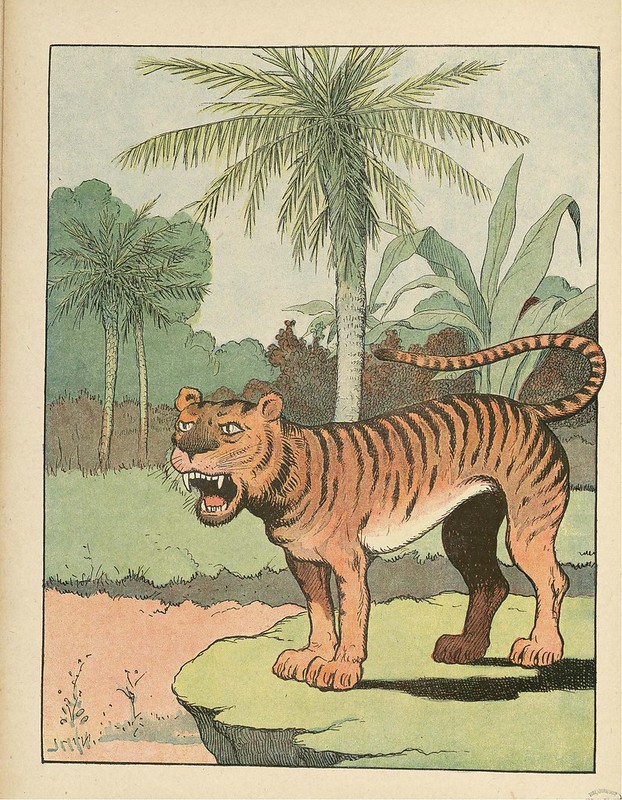
Le Tigre
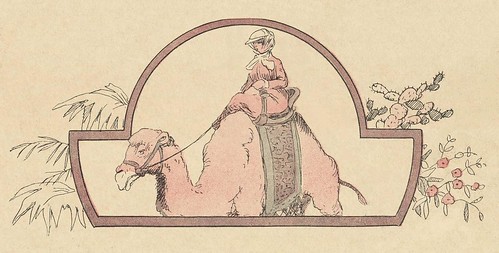

L'Homme - sa supériorité sur les Animaux
*Man's superiority over the animals* -- apart from being the illustration title, this line is also the heading in the book's introduction. It's meant to be a reflection of the serious work that went into the enormous 40+ volume series (Buffon's 'Natural History'), but it is also a tongue-in-cheek jab at the impossibility of man ever really dominating the animal world, and particularly so in the case of domestic animals. They have minds of their own!
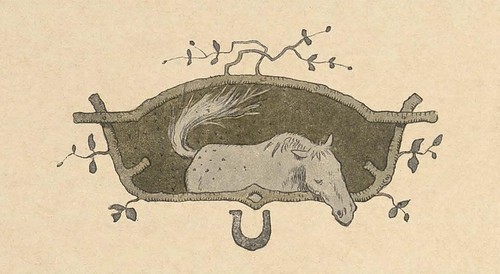
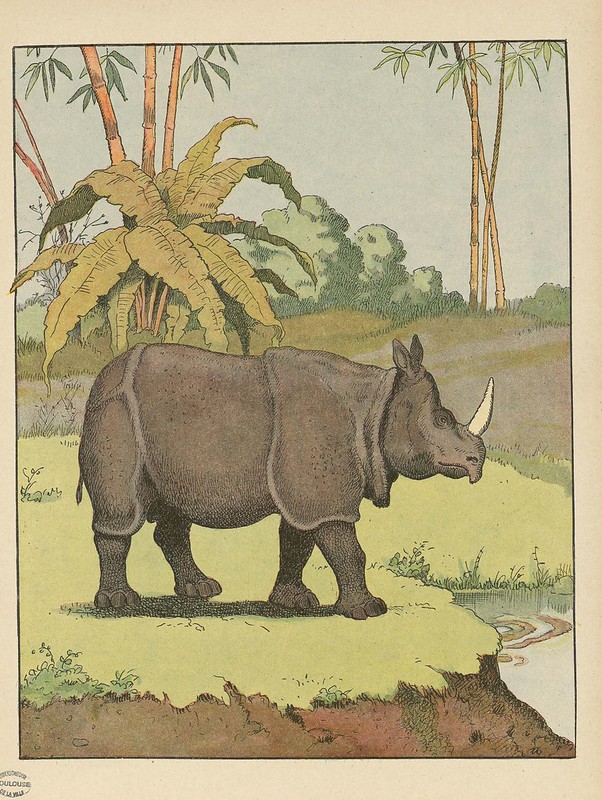
Le Rhinocéros

Benjamin Rabier (1864-1939) was a self-taught artist who grew up in Paris. His most famous comic design may well be the laughing cow figure - 'La Vache qui Rit' -the product mark for a brand of processed cheese.
Rabier was a prolific illustrator and his work appeared in hundreds of books, as well as in all the contemporary and humorous magazines and newspapers in France. He also produced art works for advertising, editorial cartoons, groundbreaking comic forms and, if that wasn't enough talent on show, he managed to write at least one stage-play.
Around 1910, Rabier had begun to create animal illustrations for a whole series of 30+ children's illustrated periodicals, each based on single animal as inspired by (Georges Louis Leclerc, comte de) Buffon's great scientific encyclopædia. It seems the original intention was to introduce Buffon's work to a young audience, but over the next decade Rabier developed a softer and more humorous rendering of the original scientific writing and illustrations.
Rabier gave his animals slight human facial qualities (anthropomorphism)^ and the accompanying text moved from the practical and informative to a more traditional children's book story-telling style. The Buffon books he published in the 1920s gravitated somewhere between caricature and realism and were definitely intended more as entertainment rather than as educational works. Rabier nevertheless continued to cite Buffon as the author of the words.
- 'Le Buffon Choisi' 1924 by Benjamin Rabier is online at the Digital Library of Toulouse. [the illustrations and cropped vignettes above - very slightly background cleaned - were extracted from the .pdf file]
- Benjamin Rabier at Lambiek Comiclopedia.
- Georges-Louis Leclerc, Comte de Buffon.
- www.benjaminrabier.com/
- Benjamin Rabier works at Amazon.
- Patricia has (of course!) a bunch of posts at Agence Eureka on works by Benjamin Rabier: one, two, three, four, five, six, seven and maybe more ----> these are compulsory: please go visit!
- There will most likely be another Rabier post here in the next week or 3 (unless P gets there first!)
No comments:
Post a Comment